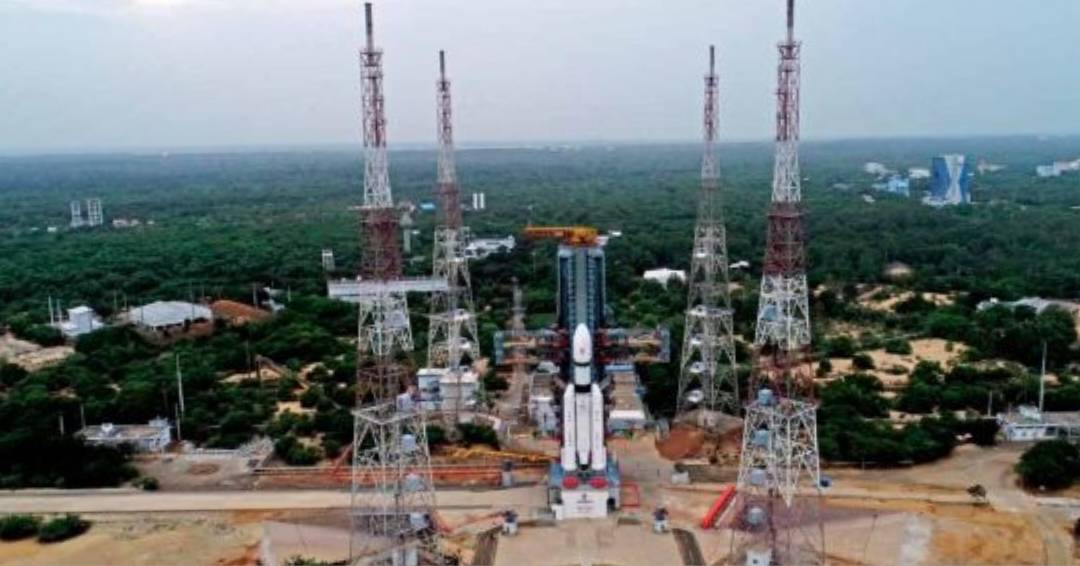
The Indian Space Research Organisation (ISRO) has completed the ‘Mission Readiness Review’ for the Chandrayaan-3 mission to the Moon, authorizing the launch. A 24-hour ‘launch rehearsal’ has already been conducted to simulate the entire launch preparation process. The mission is scheduled to be launched on July 14, aboard the LVM3 rocket from Sriharikota spaceport. Chandrayaan-3 aims to achieve a soft landing on the lunar surface, following the unsuccessful attempt of Chandrayaan-2 in 2019. The mission signifies India’s pursuit to join the elite club of nations that have accomplished lunar missions with a soft landing.
ISRO’s ambitious Chandrayaan-3 mission is set to take off on July 14 from the Sriharikota spaceport. This launch aims to master the technology of soft-landing on the moon’s surface, making India the fourth country to achieve this feat. Chandrayaan-3 consists of an indigenous propulsion module, lander module, and a rover, with the objective of developing and demonstrating new technologies for future interplanetary missions. The countdown for the launch is expected to begin on Thursday, with the “fat boy” LVM3-M4 rocket ready to carry the spacecraft.
ISRO scientists have invested countless hours of hard work to perfect the technology required for a successful soft landing on the moon’s surface. The Chandrayaan-3 mission marks a significant milestone as it aims to demonstrate soft-landing and rover exploration on the lunar terrain. The success of this mission would contribute to future interplanetary endeavors. The launch window in July was chosen due to the proximity between the Earth and the moon during this time of the year.
The upcoming mission follows Chandrayaan-2, where ISRO aims to demonstrate various capabilities, including reaching the moon’s orbit, achieving a soft landing, and conducting surface studies. In Chandrayaan-2, the lander experienced a crash landing, resulting in an unsuccessful attempt. However, the ISRO team is determined to ensure a successful landing this time. The launch rehearsal has been completed, and preparations are in full swing at the Satish Dhawan Space Centre. After liftoff, the propulsion module will separate from the rocket and orbit the Earth before heading towards the moon. The descent and landing of the lander module are expected to take place in late August.
Chandrayaan-3’s significance lies in its payload and objectives. The Propulsion Module carries the SHAPE payload, designed to study Earth from the lunar orbit. The Lander Module includes payloads such as RAMBHA-LP, ChaSTE, and ILSA, which will measure plasma ions and electrons density, conduct thermal property measurements, and study lunar seismic activity, respectively. The Rover, with a mission life of 1 lunar day, will study the lunar surface using payloads such as APXS and LIBS, determining the chemical and elemental composition of lunar soil and rocks.
ISRO’s Chandrayaan-3 mission represents India’s dedication to advancing space exploration and technology. With meticulous preparations and the lessons learned from previous missions, the team is ready to embark on this exciting lunar expedition.

Post Your Comments